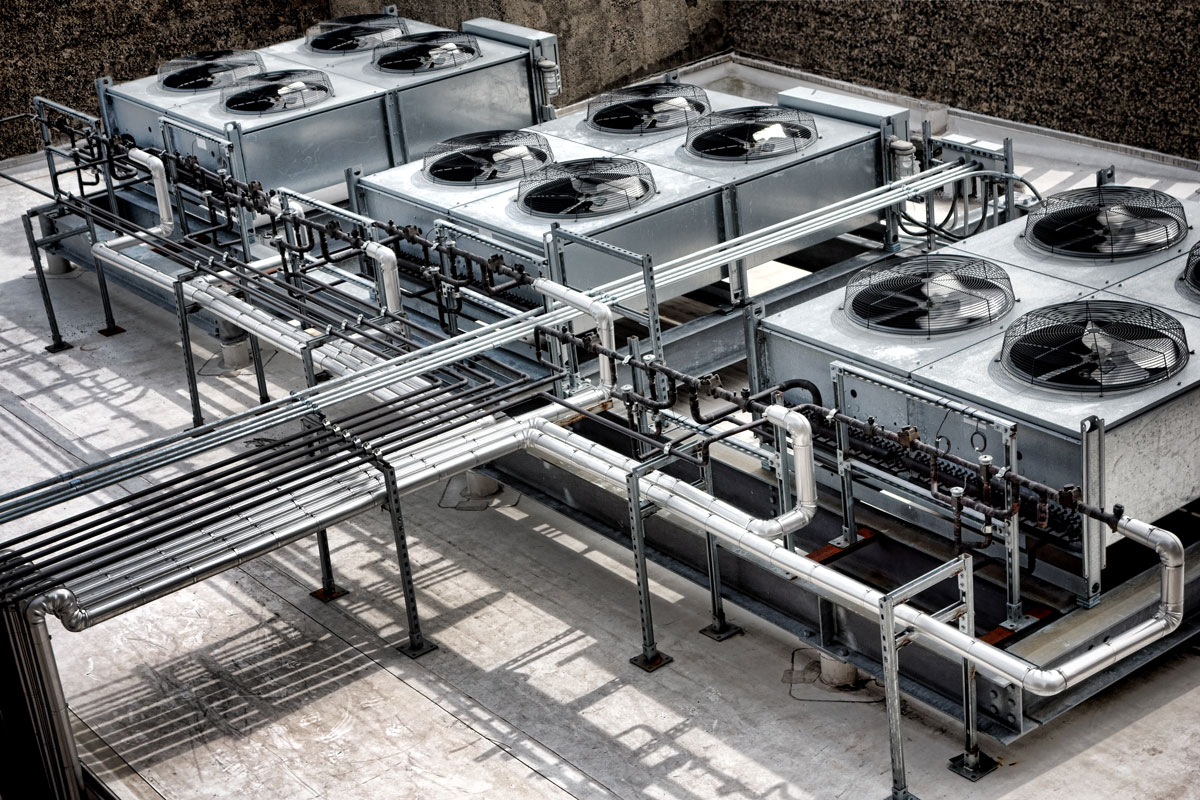Commercial Air Cleaner
Commercial air cleaner is ideal for office spaces, schools and fitness facilities to help control dust, fumes, bacteria and viruses. It also helps to keep odors and spores at bay.
Do-it-yourself air cleaners are often used during wildfires to reduce smoke indoors. It’s recommended to use box fans that are built since 2012 and have a UL rating, as older fan models pose a fire hazard.
HEPA Filtration
The main feature of any commercial air cleaner is an effective filter that traps harmful particles before they circulate back into the space. Whether it’s in portable units or as part of an HVAC system, HEPA filters are designed to be airtight and hold the highest levels of efficiency in terms of catching airborne viruses like Covid-19.
These types of filters are made out of polypropylene or fiberglass and have a random arrangement of fibers that are designed to trap tiny dust particles as they pass through. This is done using a combination of impaction, interception and diffusion. Larger contaminants travel in a straight line until they collide with one of the fibers and stick to it. Small particles have little inertia and bounce around randomly, causing them to stick to the twists and turns of the filter fibers. These filters can also capture some chemicals and odors through activated carbon. However, they cannot remove volatile organic compounds (VOCs) from the air.
Activated Carbon Filtration
The carbon in a commercial air cleaner is made up of powdered or block form that has been treated through a process called “activation”. This opens up the pores of the carbon so that gases and other pollutants have more surface area to stick to. This allows the carbon to filter out odors, volatile organic compounds (VOCs) from paints and other cleaning products, and even toxins like lead and Covid-19.
Activated carbon filters have a pore size distribution that is ideal for specific applications. The pore size is determined by the raw material used and the treatment conditions that are employed. Typical laboratory tests like the iodine number and Tannin value can predict the performance of activated carbon in a particular application.
Activated carbon filters can also be rated to perform extra functions such as chlorine, taste and odor removal in water or for the removal of lead from drinking water. Additionally, carbon blocks can be rated for sub-micron filtration to remove other contaminants such as cysts.
Automatic Air Purifying
Commercial air cleaners feature built-in ionizers that generate charged oxygen molecules to inactivate present germs and pathogens. This process, called bipolar ionization, also reduces surface tension on airborne particles, which helps them drop to the floor and be caught by the filter.
Air quality sensors in commercial air cleaners continuously monitor the air. They adjust their speed accordingly, to provide the best possible clean air environment. Choose a model that provides open access to air quality data, including real-time and historical readings.
Look for a commercial air cleaner that can target multiple pollutants, including both particle and gas. Choose a model that features an activated carbon filter to handle odors, and look for high CADR ratings that can cover large spaces. Look for clear easy-to-use control panels, and consider programmable features, such as timers and air quality sensors. Avoid models that use older box fans with a UL or ETL label, which pose a fire hazard.
Clear Control Panels
The regulations specify that distributors must be notified by manufacturers before they begin to distribute and sell air cleaners. Manufacturers must consider the likelihood that a potential distributor will re-sell the device to end-users when making this determination. If a distributor appears likely to be re-selling the device, it is suggested that manufacturers notify them as soon as possible, and document this on a quarterly basis. All air cleaners sold for non-exempt industrial purposes must bear an advisory that reads: “For industrial use only in unoccupied spaces. Health hazard: emits ozone.”

